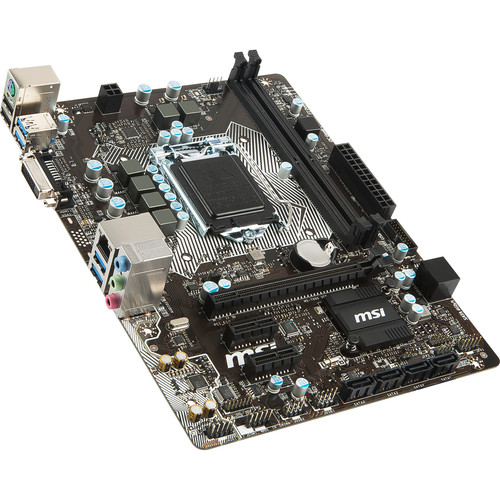
You can expect fast speeds thanks to 64GB of RAM and 64GB of memory!ĪSRock’s motherboard is a fantastic option for gamers seeking a stress-free motherboard, Its overclocking abilities are fantastic, and it doesn’t overheat or cause problems under duress. Ideal for gamers who need to crank the power! Customers found that when overclocking, updating their BIOs avoided any overheating issues and allowed their PCs to operate flawlessly. There’s a range of PCIe slots, all of which can run at single, dual, or triple capacity, providing you with a motherboard that can be tailored to your unique setup. How perfect does that sound? The slots are a lovely distance from the CPU socket, too, providing you with ample space should you ever decide to upgrade your CPU.Ĭustomers loved the motherboard praising its flawless RGB and the high-quality accessories and slots. Perfect for those that want a hassle-free setup when it comes to their motherboard. Some customers reported a hissing noise when the motherboard was in place and running. ~ Drag the AC Power Connector (Male) to an AC outlet on the wall plate.However, few customers reported the problem, so it is unlikely to be an issue for you!Īfter an easy to install motherboard that has everything you would need and more? Then get the ASRock Taichi motherboard today!įor those on a budget, MSI has the perfect option for you! Their Z390-A PRO motherboard won’t break the bank and is a fantastic fit for your i7 processor! They struggled to reduce the noise, which can be distracting when using your PC, especially if you listen to music or gaming. > From the Selected Component pane: ~ Drag the AC Power Connector (Female) to the power supply port on the computer.

> Above the computer, select Back to switch to the back view of the computer to plug the computer into the wall outlet. > From the Selected Component pane, drag the 8-pin CPU connector to the motherboard connector to connect the CPU power. > From the Selected Component pane, drag the 20+4 pin connector to the motherboard connector to connect the motherboard main power connector. > Drag the Power Supply ATX 20+4-pin PCIe from the Shelf and to the area below the motherboard. ~ Repeat step 5a until you have identified the correct power supply for this lab. ~ From the Selected Component pane, examine the power connectors, looking for all of the connectors required for this scenario. Find the correct power supply using the following steps.


 0 kommentar(er)
0 kommentar(er)
